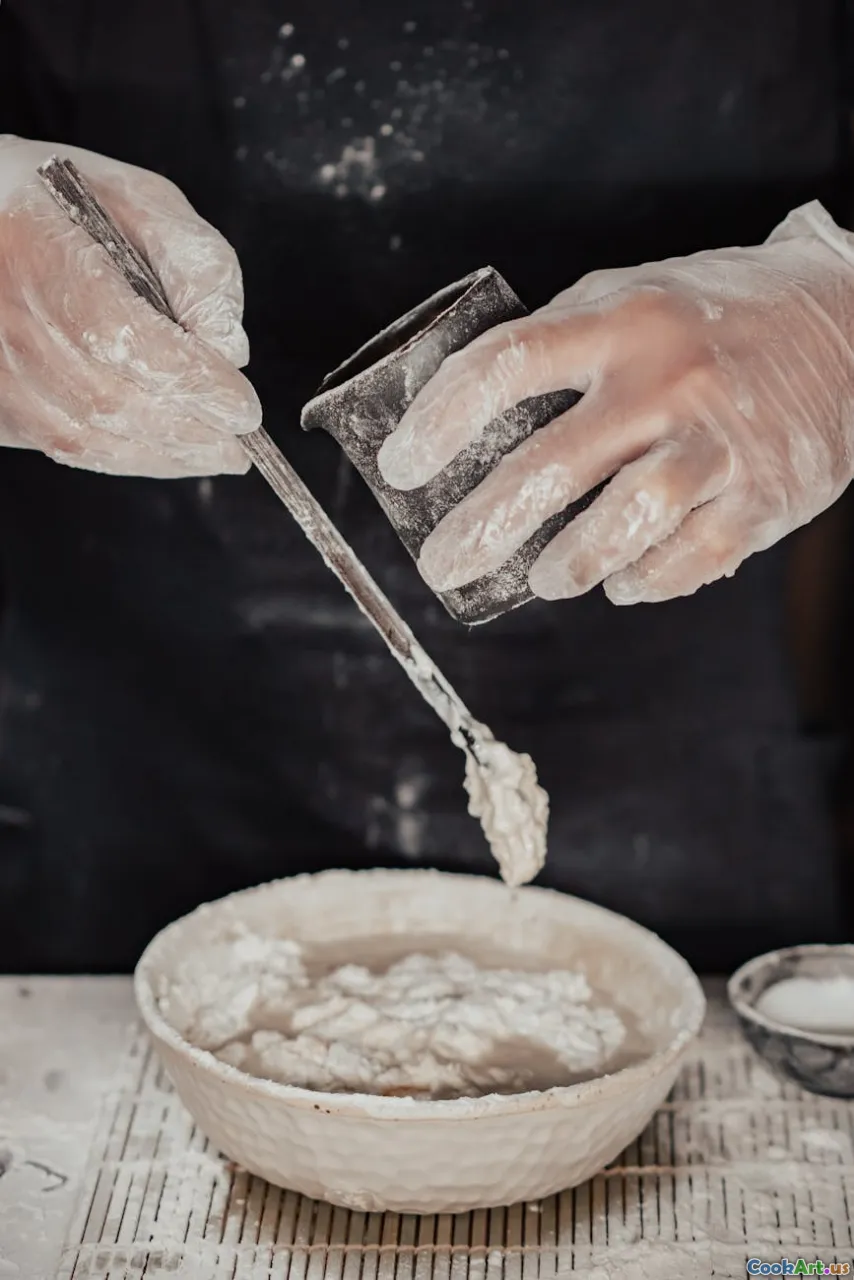A Guide to Choosing the Right Gluten Free Flours
6 min read Navigate the diverse world of gluten free flours with this comprehensive guide, perfect for baking enthusiasts and health-conscious cooks. April 08, 2025 09:00
A Guide to Choosing the Right Gluten Free Flours
Choosing the right gluten free flour can be a daunting task, especially with the plethora of options available today. Each flour has unique characteristics that can affect the texture, flavor, and overall success of your baked goods. This guide will explore various gluten free flours, their properties, and how to use them effectively in your cooking and baking.
Understanding Gluten Free Flours
Gluten free flours are made from a variety of sources, including grains, nuts, legumes, and even fruits. Here’s a breakdown of some of the most popular gluten free flours:
1. Almond Flour
Almond flour is made from finely ground almonds. It's rich in healthy fats, protein, and fiber, making it a nutritious option. It has a slightly sweet, nutty flavor and works well in baked goods like cookies and pancakes. However, it can lead to denser textures if used alone, so it’s often blended with other flours.
2. Coconut Flour
Coconut flour is made from dried coconut meat and is high in fiber. It absorbs a lot of moisture, so recipes often require more liquid than traditional flours. This flour adds a subtle coconut flavor and is excellent for gluten free pancakes and muffins. Keep in mind that it’s best used in combination with other flours due to its unique properties.
3. Rice Flour
Rice flour, available in both white and brown varieties, is one of the most common gluten free flours. It has a mild flavor and fine texture, making it a versatile choice for baking. It’s often used in gluten free blends to provide structure and can also be used for thickening sauces.
4. Oat Flour
Oat flour is made from ground oats and has a slightly sweet and nutty flavor. It’s gluten free but check for cross-contamination if you have celiac disease. Oat flour works well in cookies, quick breads, and pancakes, adding a nice texture and flavor.
5. Tapioca Flour
Tapioca flour, derived from cassava root, is primarily used as a thickening agent and adds chewiness to baked goods. It’s often combined with other flours to improve texture and moisture retention. It’s a staple in gluten free baking mixes and can help create a crispy crust in baked items.
6. Sorghum Flour
Sorghum flour is made from the whole grain sorghum and has a mild flavor. It’s high in protein and fiber, making it a nutritious option. This flour works well in gluten free bread and muffins, contributing to a light and fluffy texture when used in blends.
Combining Gluten Free Flours
Using a single type of gluten free flour can lead to disappointing results, as many lack the properties of wheat flour. A combination of different flours often yields the best results, mimicking the texture and structure that gluten would typically provide. Here are some tips for creating your own gluten free flour blend:
- Balance Texture and Flavor: Combine nut or seed flours for flavor and protein with starchy flours like rice or tapioca for texture.
- Consider the Recipe: For cookies, a mix of almond flour and coconut flour works well, while bread may benefit from a blend including sorghum flour and tapioca.
Tips for Baking with Gluten Free Flours
- Experiment with Ratios: Start with a basic blend and adjust based on the recipe. A common starting point is 40% whole grain flour to 60% starch.
- Add Binding Agents: Gluten free flours often need a binding agent to improve texture. Consider adding eggs, flaxseed meal, or xanthan gum.
- Test Small Batches: Before making a large batch, test your flour blend in a small recipe to see how it behaves.
- Store Properly: Keep gluten free flours in airtight containers in a cool, dry place to maintain freshness.
Conclusion
Choosing the right gluten free flour is essential for successful baking. With a variety of options available, understanding their properties and how they interact in recipes will empower you to create delicious gluten free dishes that everyone can enjoy. Embrace the adventure of gluten free cooking and let your creativity shine in the kitchen!









